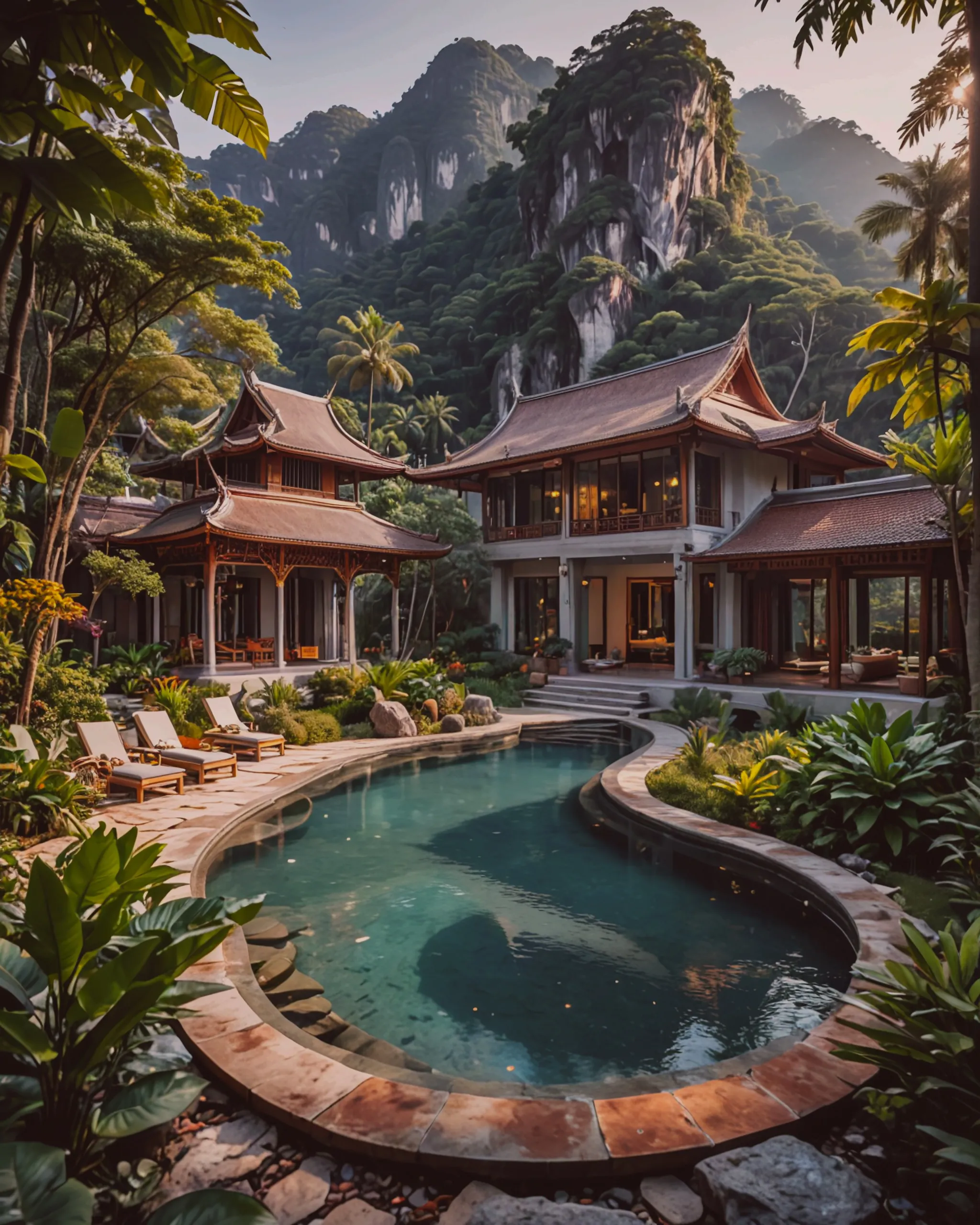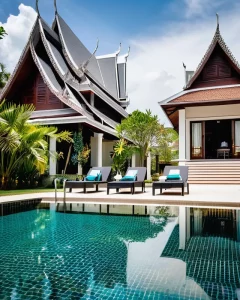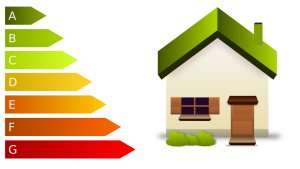Too Many Requests from Your Network
Please complete verification to access this content.
Thailand’s New Wave of Green Real Estate
Sustainable living isn’t just a trend; it’s a movement, and in Thailand, it’s taking shape in the form of eco-villages and environmentally-friendly communities. These developments focus on more than just reducing carbon footprints—they’re about building a lifestyle in harmony with nature. Across the country, from the lush mountains of Chiang Mai to the serene beaches of Koh Phangan, eco-friendly housing projects are cropping up, offering a fresh approach to living that’s not only kind to the planet but also fosters a real sense of community.
What Are Eco-Villages?
Eco-villages are intentional communities where people live according to sustainable principles. The focus is on green building practices, organic farming, renewable energy, and shared resources. They’re designed to be in sync with the environment and offer residents a healthier, more connected way of life. In Thailand, the appeal is growing among both locals and expatriates who are seeking alternatives to the fast-paced, consumer-driven lifestyle of urban centres.
Places like Chiang Mai and Pai are leading the charge, with projects that embrace eco-friendly principles and a strong sense of togetherness. These developments typically feature homes built from natural materials, shared gardens, and community spaces where people can gather, learn, and collaborate. The aim isn’t just to minimise environmental impact but to create a more meaningful way of living that’s centred around connection—both with nature and with each other.
Sustainable Design and Eco-Friendly Living
One of the key aspects of these eco-villages is the way they’re built. Traditional construction often relies on materials that harm the environment, but in eco-villages, there’s a focus on using locally-sourced, sustainable materials like bamboo, earth, and reclaimed wood. These natural resources not only reduce the environmental cost but also create homes that are better suited to Thailand’s tropical climate, naturally cooling interiors and cutting down on energy usage.
Take, for example, Phuket’s Ecolife Village, where sustainability meets modern comfort. The homes here use solar panels, rainwater collection systems, and eco-friendly waste management. There’s an emphasis on blending architecture with nature—think large windows for natural light, lots of greenery, and communal spaces that invite outdoor living. It’s the kind of place where you can enjoy the perks of modern amenities without feeling like you’re compromising on your environmental values.
Another standout feature of many eco-villages is their design that encourages residents to live low-impact lifestyles. Car-free zones, bike paths, and easy access to public transport are often part of the planning, making it easier to ditch the car and get around sustainably.
Community and Shared Resources
Beyond the environmental benefits, what really sets these eco-villages apart is the sense of community they foster. These aren’t just places where people happen to live near each other—they’re designed for interaction and collaboration. Residents share gardens, cook meals together, and often take part in workshops and activities that teach skills like organic farming, composting, and sustainable crafts. It’s a far cry from the isolated, anonymous living found in many urban developments.
In places like Pun Pun Centre for Self-Reliance near Chiang Mai, the focus is on living simply and sustainably. This eco-village doubles as an educational centre where residents and visitors alike can learn about organic agriculture, seed saving, and traditional building techniques. The community is built on the principle of self-reliance, with a strong emphasis on growing food locally and reducing waste.
Why Eco-Villages Are Gaining Ground
The growing interest in eco-villages reflects a wider desire for homes that do more than just provide shelter. As people become more aware of the environmental impact of their choices, the demand for sustainable living options is rising. Eco-villages in Thailand offer a way to live in tune with nature while enjoying a fulfilling lifestyle built around shared values and community spirit.
For investors and developers, this shift presents new opportunities. Sustainable living is no longer just a niche interest—it’s becoming a mainstream demand. Whether it’s young families looking for healthier environments, retirees seeking meaningful connections, or digital nomads wanting a more balanced life, eco-villages are meeting a need that conventional real estate often overlooks.
Conclusion
Thailand’s eco-villages and sustainable housing projects are more than just places to live—they’re models of what the future of real estate could look like. By prioritising eco-friendly design, community-driven living, and a deep connection with nature, these developments are setting the standard for sustainable living. As more people choose to embrace this way of life, Thailand’s reputation as a leader in green real estate will only continue to grow.




